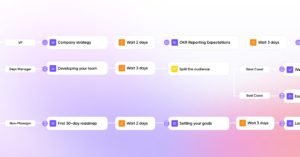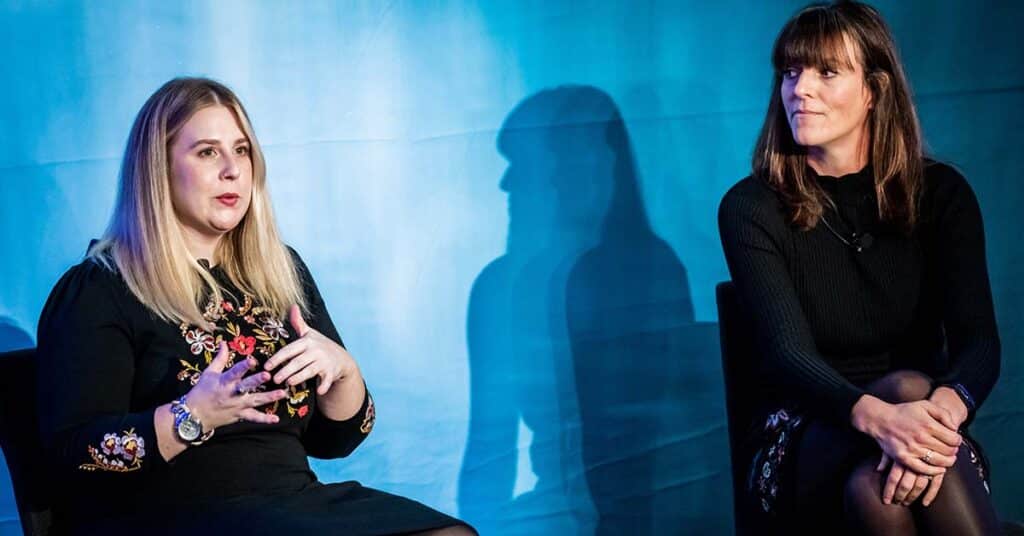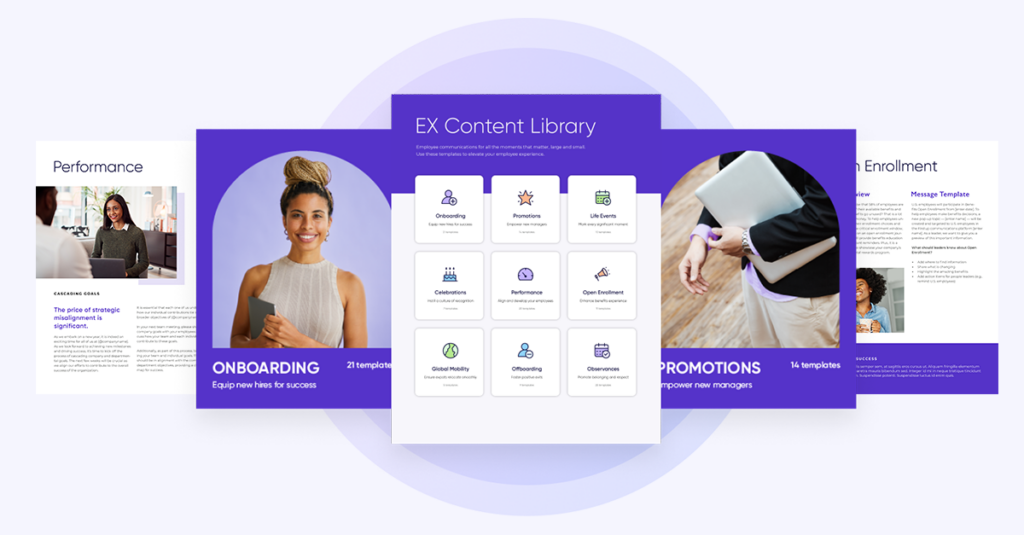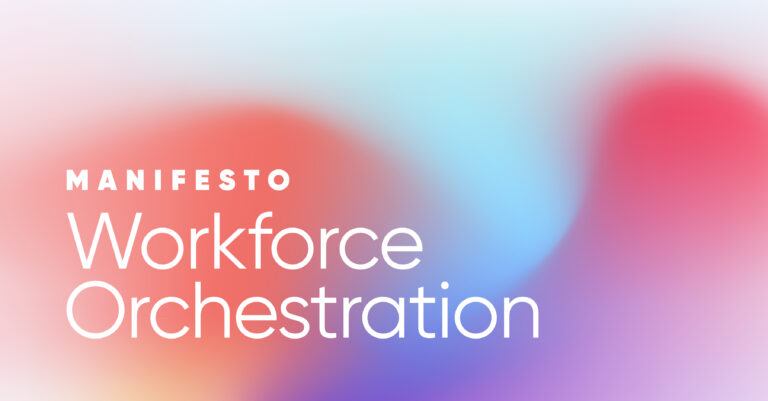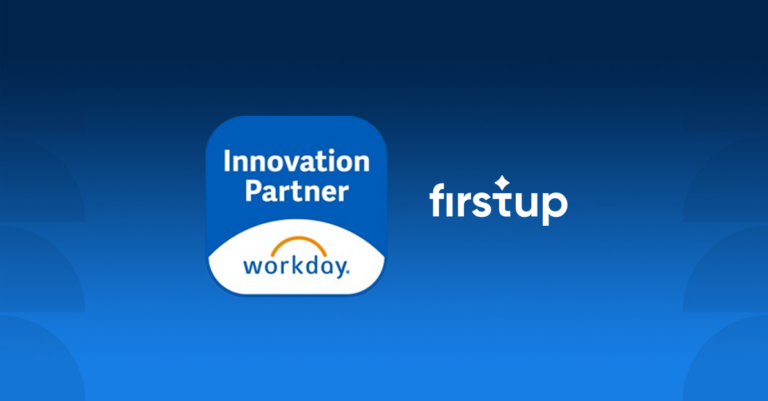The pandemic makes a good case study of how organizations approached internal communications (IC) to ensure employee well-being during distress and uncertainty. Every organization is different, and there isn’t a ‘one size fits all’ approach.
Recently, at the Simply Experience event in London, UK, I had the opportunity to talk to two global professional services firms – Alix Partners and MSCI – about their approach to IC during Covid. Both firms use the Firstup platform; their approaches were different but ultimately just as successful.
I thought I’d pen a combined list of top tips and key learnings from our discussion, interspersed with my thoughts and experiences:
- Don’t take “no” for an answer from leadership – Often a problem in organizations, right? – The most common refrain is, “I don’t have the time”! My top tip – don’t accept that answer. Whenever I hear “don’t have time,” you’ll find me quoting my favorite example – the CEO of Whirlpool. Every week, he does 20 – 30 minutes video sessions with employees to answer their questions or discuss issues. And he’s a CEO of a global, 100,000-person company.
Leadership buy-in is critical to the success of an IC program – more so in a crisis. When the pandemic hit, Alix Partners set up a Business Continuity Working Group, comprising a global group of leadership stakeholders, before establishing remote working policies for the lockdown. This helped secure their commitment and gave the IC team a framework to work within.
- Data analytics is your secret weapon – Securing leadership buy-in is one thing, but it’s also important to nurture that agreement to build a rapport with leadership. MSCI cleverly used metrics to demonstrate to the leadership team that IC was working. They used analytics to demonstrate which employees were reading, their engagement levels, and, indeed, to gauge why the content wasn’t drawing engagement from other employees. This insight helped the leadership recognize the value of IC as a tool that could be leveraged to help them navigate the business through the crises by keeping the workforce committed, motivated and engaged.
Similarly, the IC team convinced HR to contribute content to the IC platform. Any perceptions that were barriers to the platform’s adoption were easily quelled with statistics. “Evidence” is hard to refute!
Similarly, think about securing the participation of other business departments, such as IT.
- Keep your ears close to the ground – MSCI did this well. Recognizing early on in the pandemic that broad-brush communications are likely to fall short, the IC team engaged with individual office heads and HR leads at regular intervals throughout the pandemic to understand their challenges. This gave the IC team a fairly accurate “world view” of their workforce.
- Nail the content – Localize and personalize, and this is best illustrated with the following anecdote. MSCI has a large employee base in India, and from speaking to the business leaders, the IC team found that nearly half of the employees in Mumbai and Pune were working European hours. Similarly, the team gained first-hand information about the local protests in Hong Kong and racial injustices in other regions. All this insight enabled the IC team to deliver content that met the workforce’s needs at a global corporate level and locally.
- Embed collective responsibility – The IC teams at companies often comprise just two to three people – similar to both Alix Partners and MSCI. So, IC for a global organization is no mean feat. Establishing involvement of the workforce in IC, in the broadest sense, is a great idea – as at Alix Partners. IC is written into the company’s core values, new hire interviews, and performance reviews. This enables shared responsibility for providing content but also democratizes it – anyone can provide content and has the power to influence.
- Humor and rapport with the workforce go hand-in-hand – “Push” communication is bread and butter, but IC comes into its own when there is two-way interaction. Alix Partners is cleverly using humor to this end. For example, all employees at the firm are required to do a “core training” session that is six hours long. To encourage employees to undertake this training, the IC team created a series of posts showing a Walrus doing sit-ups and other funny actions to remind employees that there was no getting away from the training. Likewise, some employees are notorious for postponing their ‘personal time off’ due to work commitments, so often, the IC team creates funny Gifs as a reminder.
To help build rapport, employees at MSCI are encouraged to send pictures of group activities – fishing trips, department picnics, visits to other offices, and such. It helps to provide a fun element to the communications.
Alix Partners launched an IC initiative asking all the firm’s offices globally to send mini video tours of their workplace. It was a resounding success, and some employees unleashed their creativity too. For instance, in one office, an employee who is an accomplished pianist created a score for the video.
- Enrich communications over time – In addition to communications on one-off activities and events, look for continuity. For instance, think about employee moments across the employees’ journeys, linking together events and happenings over time. It’ll enrich IC, make it meaningful and give events and moments longevity.
Last but not least, it’s important to recognize that the virtual and hybrid working environment we have today is almost certainly going to evolve – and with it, firms’ cultures will change too. This means that, in a way, everyone is a “student” in the IC space – employees, communicators, and leadership. IC must be inclusive. This function will increasingly become instrumental in inculcating a sense of belonging and camaraderie in organizations and shaping the future culture. A technology platform facilitates such an evolution.
Download PDF

